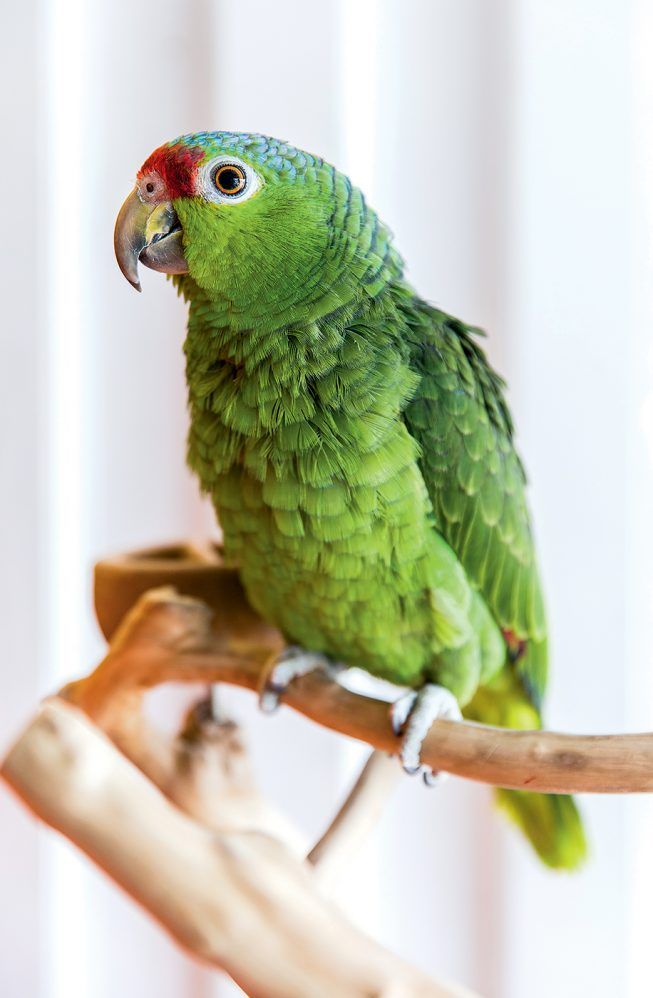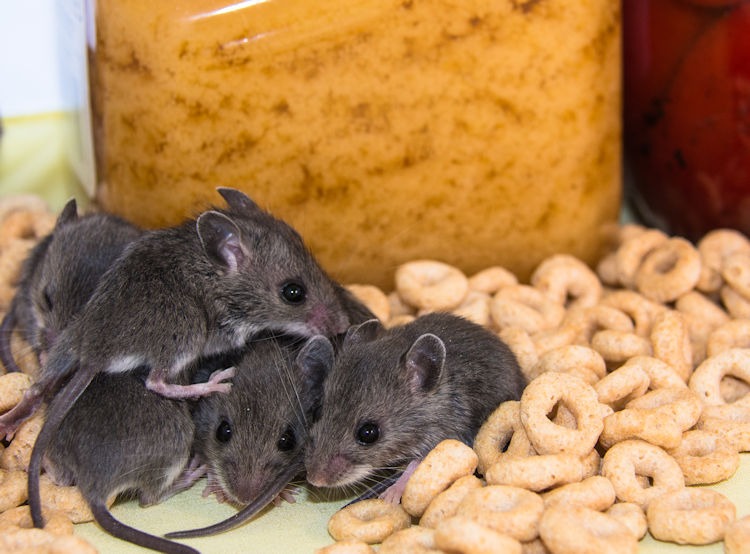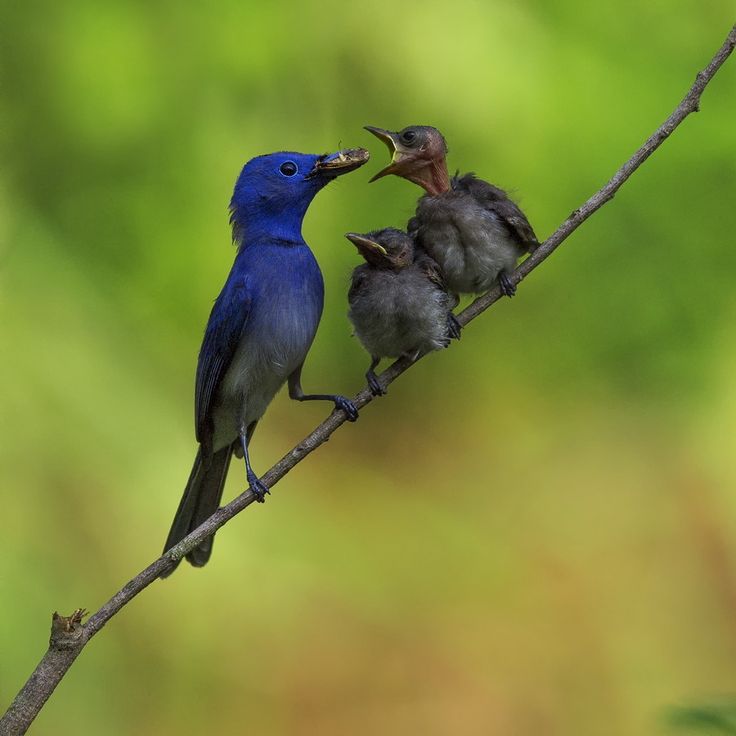Vegan babies first foods
First Foods Vegan Baby Led Weaning
As an Amazon Affiliate, I earn from qualifying purchases
It can feel overwhelming not knowing where to start or what are the best first solid food for your baby. You are not alone in feeling this way because it’s a very common question that I get from parents.
Parents like you want to know what the first foods for their vegan baby should be when they begin to start eating solid foods. Introducing solid foods can be a time of great excitement. I remember when my daughter was just about to start solid foods, I was so excited to begin not just her feeding journey with her but also starting our vegan Baby Led Weaning journey! But like most parent, I was just as nervous to begin introducing solids to my daughter.
In this blog post, I want to answer some of the top questions I get asked from vegan parents in starting their infant on solids foods, from the first foods for baby at 6 months to how to handle the biggest anxiety for most parents—gagging and choking.
Signs Baby is Ready to Begin Solid Foods
Before we get to talking about the details of what first foods to feed your vegan baby, let’s briefly talk about some of the signs to know when your baby is ready to start solids.
The American Academy of Pediatrics recommends breastmilk and/or formula to be a baby’s primary source of nutrition for the first six months. This is because a baby’s digestive system hasn’t fully matured yet until around 6 months, which is typically when babies begin to show signs of readiness to begin solid foods.
The American Academy of Pediatrics and the World Health Organization recommend to begin solids foods or complementary feeding around the time your baby turns 6 months old. This is recommended because some babies show signs of readiness at different times, some before 6 months and some after. It just depends on your baby when they are ready. You want to look for some of the signs of readiness that your baby is ready to start with solid foods.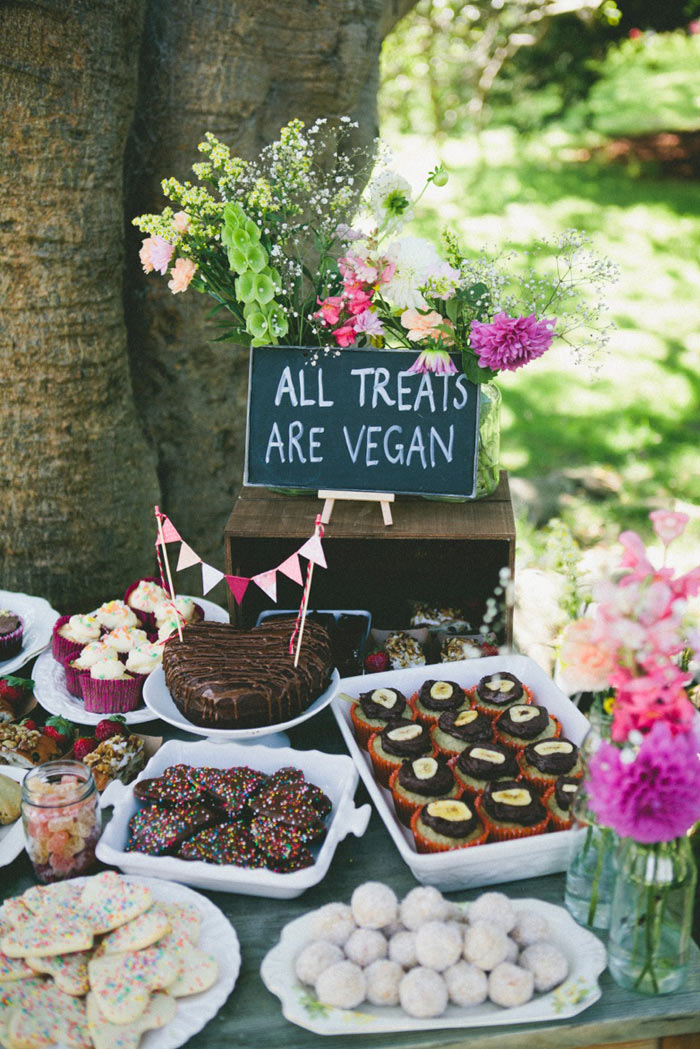
Sits independently with good head control
Shows interest in your food
Brings toys to mouth
What is Baby Led Weaning?
Baby Led Weaning is a method of feeding that involves allowing your baby to self feed by skipping puree foods and offering solid foods that are appropriate texture and size for your baby. For 6 month old babies, this is typically finger-like shapes and foods that are soft cooked. Foods that have an appropriate texture are ones that pass the “smush” test. To test this, simply place the item of food in between your index finger and thumb, and then press lightly. If a food item passess the “smush” test, it means that it is safe for your baby. Alternatively, you can put a piece in your mouth and press it with your tongue against the roof of your mouth. If it easily presses, then this is safe for baby as well. This mimics what your baby’s gums can do. Babies don’t need teeth to be able to chew solid foods.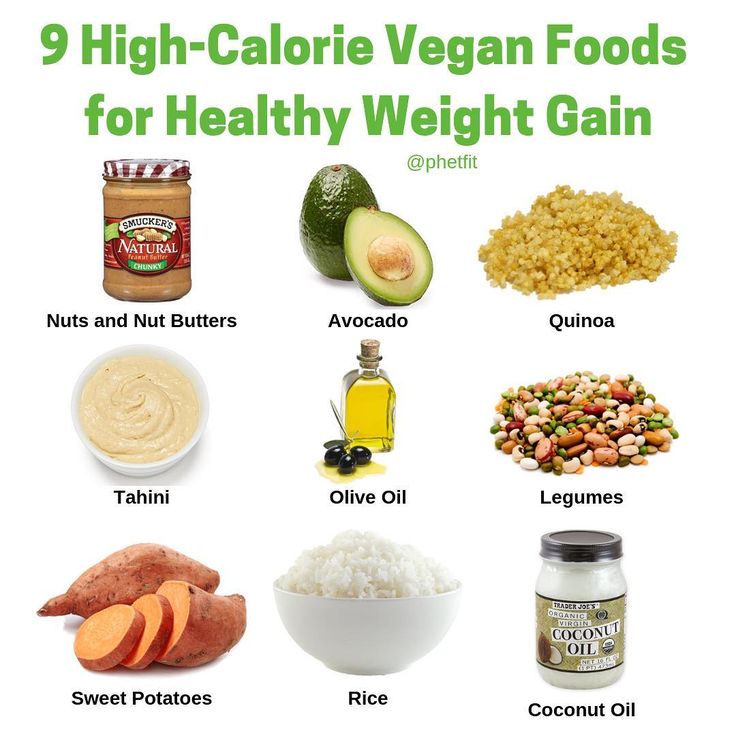
Benefits of starting solids using BLW approach
Baby can have the same food as the rest of the family (with slight modifications)
Less time spent in the kitchen
Less money spend on jarred baby food
Greater food acceptance (of foods and textures)
Supports baby’s ability to self-regulate hunger
Supports a healthier relationship with food and body image later in life
What are the first finger foods for a vegan baby?
Starting solid foods is a gradual process, meaning babies need time and lots of practice to know how to eat. Many moms I work with tell me that their infant isn’t eating any of the food and they worry they are not meeting their nutrient needs.
This is certainly valid but I remind them that infants need time to learn how to eat, so they won’t swallow much of the food we offer at first. That’s because they may not know what to do with the food you just presented. Just like how they needed time to learn how to crawl or roll over, they need time to learn how to eat, chew, and swallow food. Those are a lot of tasks for a baby! So, don’t be surprised if at first your baby doesn’t eat much. This is totally normal and may take 1 - 2 months for them to grasp the art of eating.
Just like how they needed time to learn how to crawl or roll over, they need time to learn how to eat, chew, and swallow food. Those are a lot of tasks for a baby! So, don’t be surprised if at first your baby doesn’t eat much. This is totally normal and may take 1 - 2 months for them to grasp the art of eating.
One thing I recommend to parents is to simply begin with something that you are comfortable with as well. It can be a bit nerve wracking for many parents who choose to implement the BLW approach (it was even for me). Starting BLW has to do a lot with trust: trust in your baby handling food and your baby trusting the food. The more comfortable you are with a particular food, the more comfortable your baby will be at handling that food too.
The very first food that I recommend for babies is one that is super soft and easy for baby to hold to self-feed. An example of this is a banana and this was actually my daughter's very first food. You can serve a banana to a BLW baby by leaving on a small piece of the peel on. This will help your baby hold it better so it won’t be so slippery. Another example of a first, soft food can be slices of avocado. To serve slices of avocado to BLW you can leave a small piece of the peel, mix it with some wheat germ, or use a crinkle cut knife to help your baby hold it better.
This will help your baby hold it better so it won’t be so slippery. Another example of a first, soft food can be slices of avocado. To serve slices of avocado to BLW you can leave a small piece of the peel, mix it with some wheat germ, or use a crinkle cut knife to help your baby hold it better.
List of Baby Led Weaning first foods for vegan baby:
Banana (with some of the peel on)
Avocado
Very soft sweet potato, peeled and steamed
Steam-roasted butternut squash
Steamed broccoli
Well-toasted slice of bread with thin layer of hummus or peanut butter
Once you and your baby feel comfortable with these foods, I recommend to prioritize plant foods rich in iron. Iron is a nutrient that is so important for little vegans as they need about 1.8x more iron than non-veg kids. This is because the type of iron in plant foods (non-heme iron) is not as readily absorbed as that found in animal foods.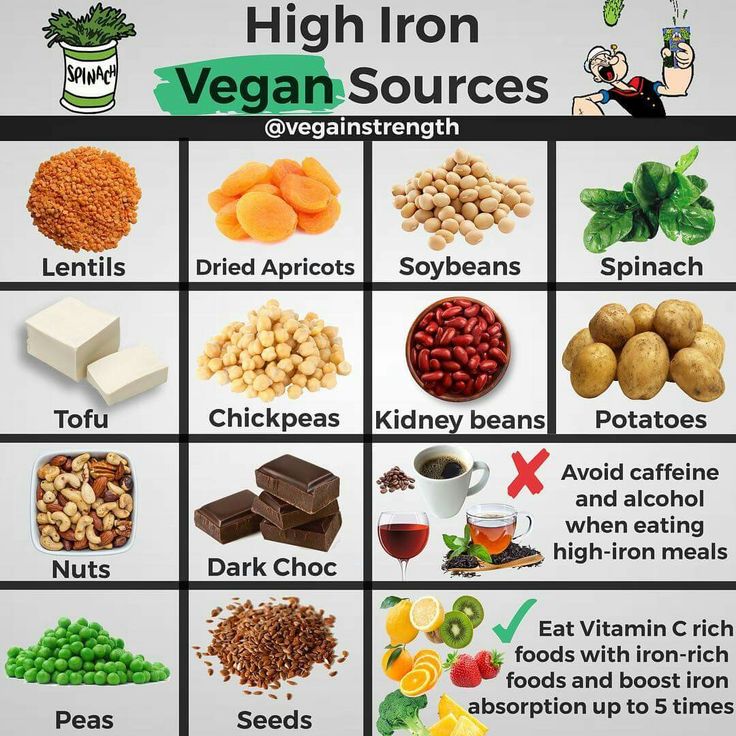 Non-heme iron is bound to a compound called phytate that makes it a little challenging for our bodies to absorb. However, pairing an iron-rich food with Vitamin C can help with iron absorption. Provide foods like tofu, lentil balls, hummus, and iron-fortified infant cereal.
Non-heme iron is bound to a compound called phytate that makes it a little challenging for our bodies to absorb. However, pairing an iron-rich food with Vitamin C can help with iron absorption. Provide foods like tofu, lentil balls, hummus, and iron-fortified infant cereal.
Some examples of plant foods that provide iron are: beans, lentils, hummus, tofu, chickpea pasta, enriched pasta, broccoli, spinach, nut & seed butters, barley, prunes.
Focus on providing one iron rich food at each meal. I introduced tofu in the form of finger-like shapes. I found that using firm to extra firm tofu worked best. I season it and either bake or lightly cooked on stove top for a few minutes. I make my own hummus or smashed beans and offered it to my daughter using a Goo-Tensil from Num Num, Inc. I would pre-load the spoon and then offer it to her so she can self-feed. Having at least 2 Goo-tensils worked well because as she ate from one, I would pre-load the second one so that she wouldn’t get antsy.
Do you need to start with one food before introducing another?
Not really. The recommendation used to be to introduce one food to baby and wait 2-3 days before introducing another as a way to see if there was an allergic reaction, but this is no longer the standard protocol. In fact, studies suggest that introducing certain allergen foods from the very beginning may be beneficial in preventing kids from developing an allergy to a certain foods later on in life.
Many parents are afraid to introduce peanuts because of fear of an allergy but new guidelines recommend beginning introducing peanuts in baby’s diet as soon as they start eating solids to prevent a peanut allergy later in life. If your baby has a family history of peanut allergy, has an increased risk for a peanut allergy, or severe eczema, it is recommended to begin the introduction of peanuts as early as 4-6 months. An allergy test to peanuts is recommended as well. If you believe your baby may be at risk for a peanut allergy, speak with your healthcare provider to determine the best approach for your family in introducing peanuts to your baby.
So, if you’re starting solids, there is no need to start with just one food and wait 2-3 days before introducing another because research no longer supports this idea. In fact, I didn’t follow this. I began with about 3 different foods at the same time, at each meal. If you suspect an allergy, definitely isolate this food and wait awhile to re-introduce, or speak with your healthcare provider.
Difference between gagging and choking
Many parents fear their baby choking when they begin with baby’s first foods. This is a total normal feeling because as a new mom, I had those feelings too! It’s important to provide texture-appropriate first foods to babies but knowing the signs of gagging and choking can help your confidence as well in serving these foods.
Gagging is a completely normal reflexive that all babies show and can be common in the first few months of baby starting solids. If your baby experiences gagging, this is a good thing because it’s your baby’s way of naturally preventing choking.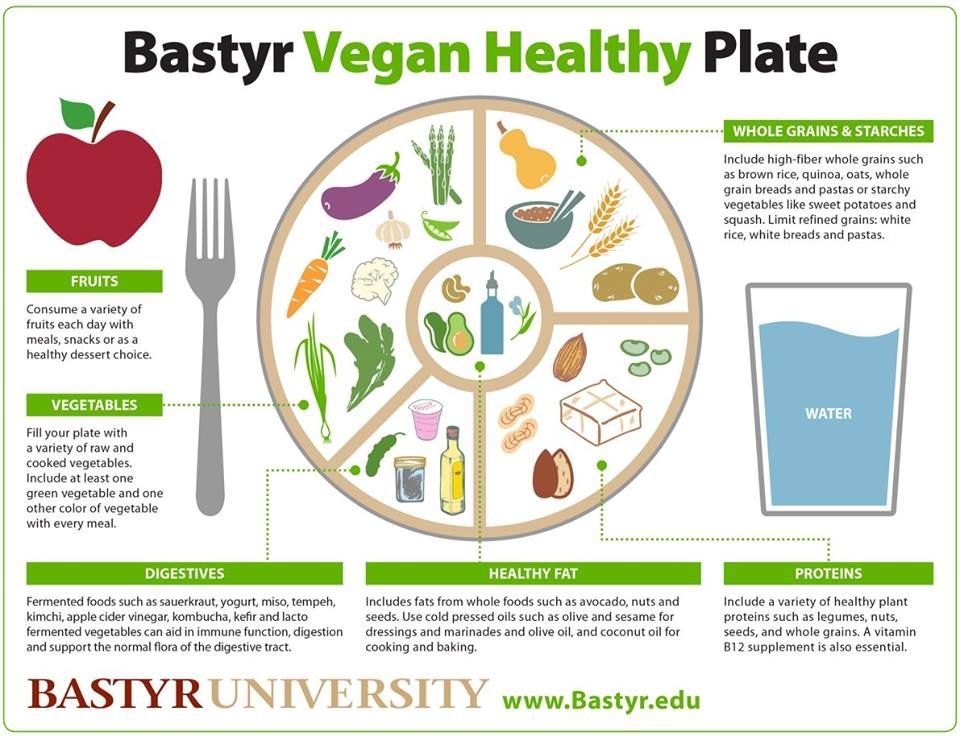 It’s a way for your baby to also learn how to handle food in their mouth. So give them time to figure this out on their own. There will be a lot of coughing involved and there may even be some vomiting, but trust the process and ultimately do what makes you feel most comfortable.
It’s a way for your baby to also learn how to handle food in their mouth. So give them time to figure this out on their own. There will be a lot of coughing involved and there may even be some vomiting, but trust the process and ultimately do what makes you feel most comfortable.
Choking occurs when food passes through your baby’s gagging reflex and ends up being stuck in your baby’s windpipe. If choking is involved, there’s no sound and no coughing. Becoming CPR certified or knowing what to do when this happens is a good approach.
It really doesn’t matter what finger food you start for your baby when doing Baby Led Weaning, it just has to be a food you are comfortable with and one that is of appropriate size and texture. That is truly the key. Be patient with your infant during this time and give them the support they need to learn how to eat so that you both have a healthy relationship with food and with feeding.
Best First Foods for Vegan Babies
Introducing your baby to their first foods is an exciting yet often question-riddled time.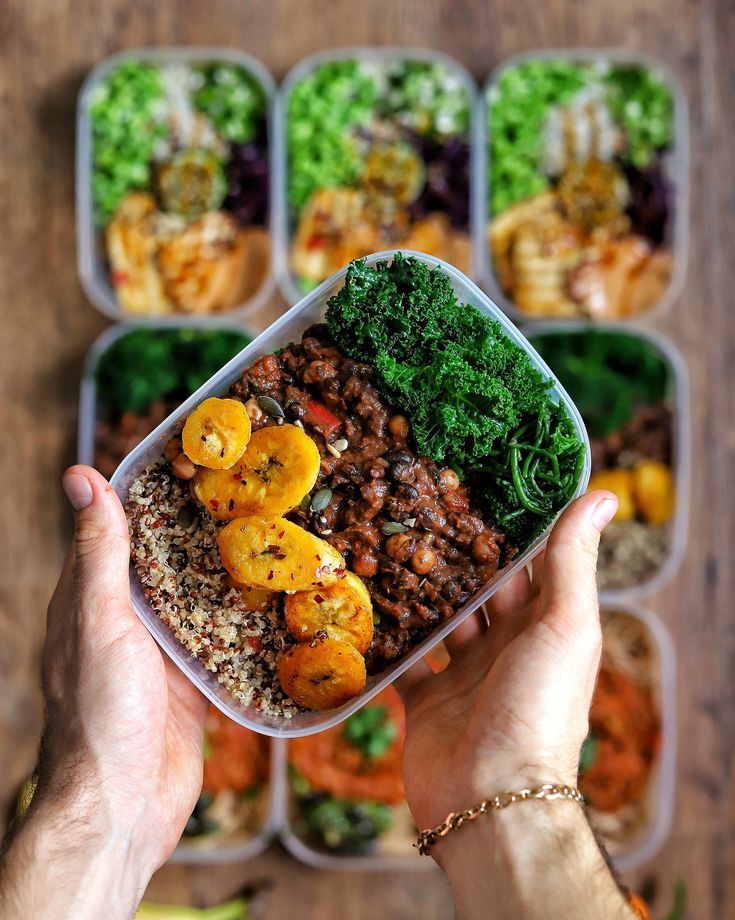
Despite what you may hear in the media, it is possible to feed your baby a vegan diet from the get-go, in a balanced, nutrient-rich way.
That said, tiny humans have different nutritional requirements than adults. So it’s important to make sure that you offer your vegan baby the right foods, in the right combinations.
If you’re planning to feed your baby a vegan diet, I strongly encourage you to speak to a registered dietitian specializing in plant-based diets first, just to make sure that you’ve got all of the basics covered.
If you can’t find one near you, feel free to shoot me a message by using this contact form.
But to get you started, this article shares the 3-step formula I used, as a registered dietitian, when introducing my vegan baby to her first foods.
What baby food should you start with?
There are a few categories you should pay special attention to when picking the best first foods for your baby.
Iron-rich foods
Iron helps carry oxygen through the body and is especially important for the development of your baby’s brain and immune system.
Babies are born with a specific amount of iron stored in their bodies. Their size is influenced by various factors, but generally-speaking, iron stores start running low around 6 months of age for most babies.
Luckily, this happens to coincide with the age at which most babies are developmentally ready to begin eating solids.
Babies who fail to get enough iron at this time can develop iron deficiency, which, if left untreated, can progress to iron deficiency anemia.
Iron deficiency can be identified by a blood test and comes accompanied by with symptoms like paleness, irritability, poor appetite and delayed growth and development.
However, these symptoms happen on a continuum, and may not become obvious until the deficiency progresses to iron deficiency anemia (1).
Iron deficiency anemia is a severe form of iron deficiency which can cause developmental delays that are not fully reversible, even once iron levels return to normal (2).
Therefore, offering iron-rich options as your baby’s first foods should be a priority.
Energy-dense foods
Babies develop at lightning-speeds and need to eat enough calories to support their rapid growth. However, the amount of food they can eat is limited by the size of their small stomachs.
Energy-dense foods are an easy way to offer a lot of calories for a small volume. The foods most dense in energy tend to be rich in fat, because this nutrient provides more than double the amount of calories per gram as protein and carbs.
To meet their nutrient needs, babies require a higher percentage of calories from fat than adults do (3).
Therefore, it’s important to include enough fat in your baby’s diet. Vegan foods naturally rich in fat include avocados, ground coconut, hummus, olives, nuts, seeds and their butters as well as vegetable oils.
Nutrient-dense foods
Fruits and vegetables are some of the most nutrient-dense foods you can find and make a good contribution to your baby’s daily nutrient needs.
There’s also evidence that introducing fruits and vegetables early on can increase the likelihood that your child will enjoy them as they age (4, 5).
Foods rich in vitamin C are especially important on a vegan diet, because they help absorb the iron found in plant foods more easily. That’s why it’s a good idea to try adding a vitamin C-rich food to most meals or snacks (6).
That said, fruits and vegetables tend to be rich in water and fiber, and don’t typically offer many calories.
Filling up on fruits and vegetables can fill up your baby’s stomach on very little calories. It may also cause them to eat a smaller quantity of other iron-rich or calorie-rich foods, making it difficult for them to meet their daily calorie needs.
So make sure not to offer large quantities of fruits and vegetables at the detriment of other, more energy-dense foods.
In sum Iron-rich, energy-rich and nutrient-rich foods constitute the three categories you should keep in mind when picking the best first foods to give your vegan baby.
How long should I wait before introducing a new food to my baby?
The old school-method of introducing foods suggested you introduce one food at a time and wait a few days before introducing the next.
However, newer research shows there’s no advantage to using this slow food-introduction method for most foods and with most babies (7).
The only foods that can benefit from being introduced one at a time are allergenic foods such as peanuts, sesame, soy, tree nuts and wheat.
These should be offered one at a time, ideally in the morning, to give you the opportunity to monitor for allergic reactions throughout the day.
Most babies are most receptive to trying new foods between 6-12 months of age. And the more flavors and textures you introduce to your baby early on, the likelier they will be to accept these foods later in life (4, 5).
Unnecessarily adding a buffer period between each new food can reduce the number of new foods you are able to introduce within this time-frame (4).
Preterm babies, those with a family history of allergies or with severe eczema should get tailored advice from their doctor or allergist (7).
In sum Allergenic foods should be introduced one at a time, ideally in the morning.
Otherwise, most foods can be introduced in combination with others, and require no further delays for most babies.
How often should I breastfeed or formula feed while weaning?
When introducing foods to your little one, breastmilk, formula, or a mix of the two should remain their main source of calories.
This means that you should start by offering solids as an addition, rather than a replacement to milk feedings. As your little one begins to eat more solids, they will naturally drink less milk.
If you’re breastfeeding, it’s important that your diet remains well-balanced. It should also contain a reliable source of long-chain omega-3s, iodine, choline and B12, as your intake of these nutrients will directly impact how much your baby will receive through breastmilk.
If you’re formula-feeding, make sure that your formula contains these important nutrients.
You can experiment with offering milk feedings prior to or after meals, depending on what works best for your baby.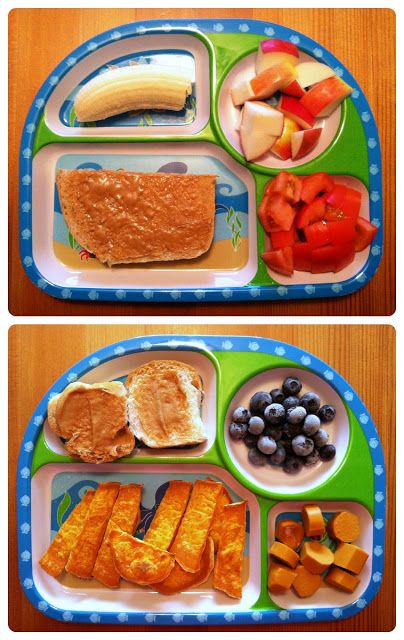
Offering milk feedings before meals can allow the time needed for babies to slowly develop their feeding skills without feeling overly frustrated by hunger.
On the other hand, some babies are more motivated to try new foods when feeling a little hungry. In which case, topping up a meal with a milk feeding may work best.
In sum Breastmilk or formula should remain the main source of calories. At first, try offering milk feedings before or after each meal or snack. The more solids your baby eats, the less milk they will naturally drink.
The 3-step formula to introducing solids to vegan babies
Here’s the 3-step formula you can use to pick the best first foods for your vegan baby.
BEST FIRST FOODS FOR YOUR VEGAN BABY ● Dietitian-approved 3-step formula
Watch this video on YouTube
- Start by picking an iron-rich food. For instance, beans, peas, ground nuts or seeds, or iron-rich fruits and veggies.
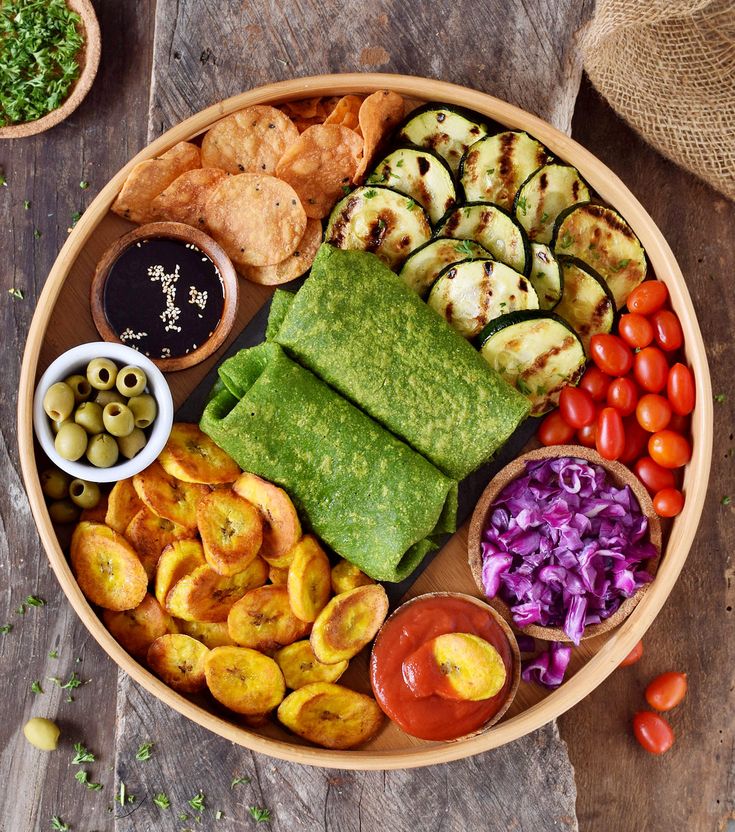
- Add an energy-dense food. Such as avocado, hummus, olives or ground coconut flakes.
- Top it off with a nutrient-rich food. For instance fruits and/or vegetables, ideally also rich in vitamin C, as these will help boost the absorption of iron from the iron-rich foods (6).
You can download a free printable list of the best first foods for your baby above. I’ve split them by category so you can easily pick one from each when building your baby’s meals.
In sum A great combination of first foods for your baby should consist of an iron-rich food together with an energy-dense food and a nutrient-rich food.
Vegan baby food recipes
Here are a few examples of weaning meals you can build using this 3-step formula.
These meals and snacks are best suited for a baby-led weaning approach to solids introduction. But you can also purée them together, if you prefer.
Breakfast- Banana rolled in ground almonds and coconut flakes.
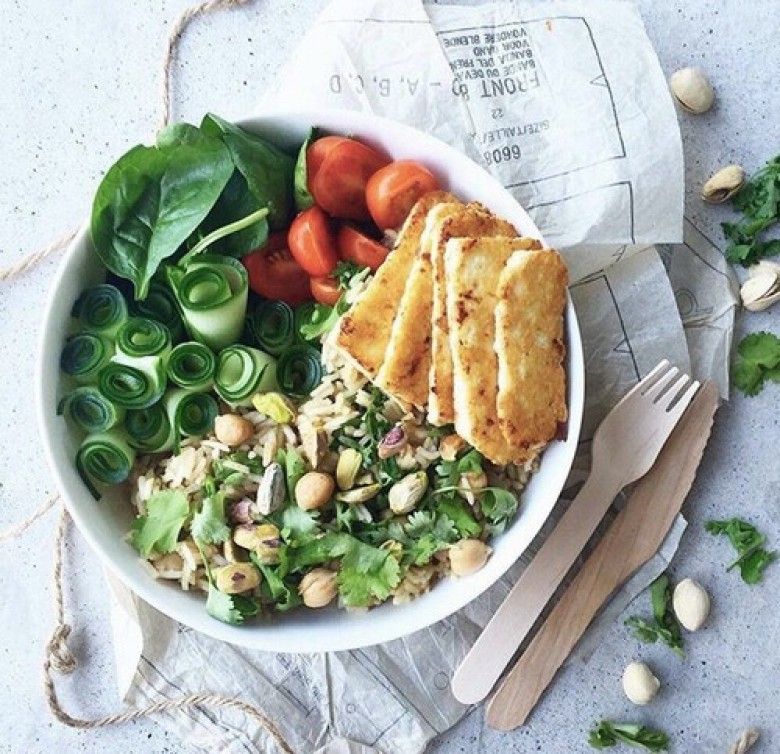
- Oatmeal topped with flaxseeds, coconut flakes and thawed berries.
- Toasted bread topped with a thin layer of peanut butter and blackstrap molasses and a sprinkle of hempseeds. Serve with a side of sliced kiwis.
- Whole wheat pancakes made with coconut milk and chia seed and topped with mashed strawberries.
- Full fat coconut yoghurt topped with wheat germ and sliced tangerines.
- Mashed black beans, hummus and slices of baked sweet potato.
- Toasted bread topped with a layer of hummus and shredded carrots or red cabbage.
- Shredded spinach mixed in with mashed avocado and hempseeds and served with a side of marinated tempeh.
- Scrambled tofu served with baked potato, tomato slices and a sprinkle of flaxseeds.
- Chickpea flour pancakes topped with hummus and minced bell peppers.
- Whole wheat pasta in a tofu and tomato sauce topped with ground pumpkin seeds.
- Black bean burger with a side of avocado slices and steamed broccoli.

- Butternut and kidney bean chilli with a side of crispy kale chips.
- Red lentil Dahl made with full fat coconut milk, broccoli and carrots and served on brown rice.
- Spiralized zucchini topped with a lentil bolognese sauce and rinsed olives.
- Creamy white bean and pumpkin soup served with sliced toasted whole grain bread.
- Full fat coconut yoghurt topped with sesame seeds and thawed berries.
- Rhubarb compote topped with ground pistachios and ground coconut.
- Baked potato slices served with a black bean dip and a cashew sour cream.
- Chia pudding topped with sliced tangerines.
- Mango and spinach smoothie with ground flaxseeds.
- Slices of peanut butter and banana in a whole wheat tortilla wrap.
In the begining, you may want to only offer a few individual foods, in small amounts and soft, non-sticky textures. However, as your baby gets more comfortable with eating, you can start offering family-style mixed meals.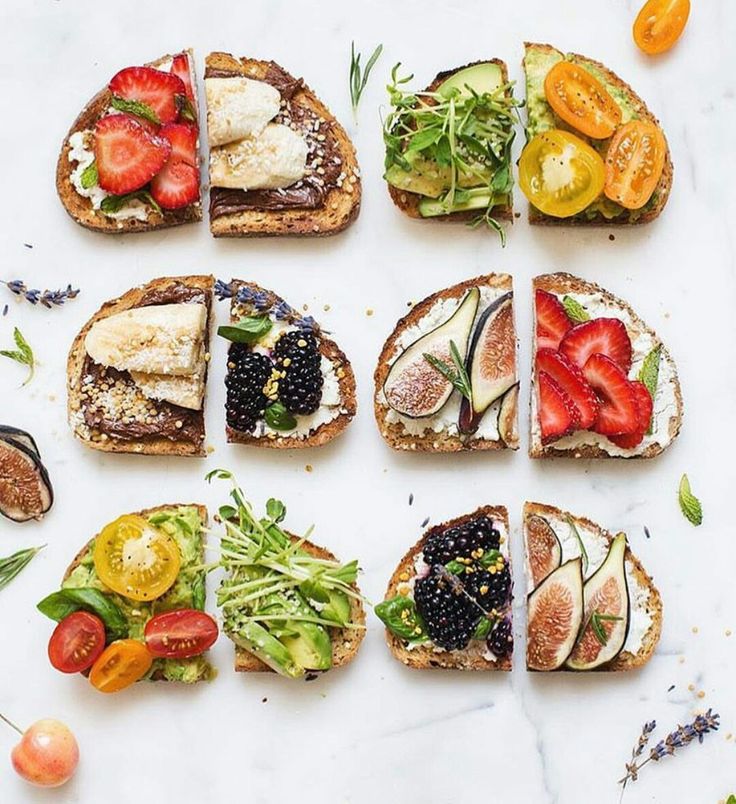
In sum The meals above contain energy- and nutrient-rich combinations suited for use as a baby’s first foods.
To sum it up
It is definitely possible to feed your baby a vegan diet from the get-go, as long as you keep a few pointers in mind.
The best first foods for your baby should be rich in iron, energy, vitamins and minerals and the 3-step formula outlined above should help you construct meals and snacks rich in these nutrients.
For more ideas of which foods fall under each category, feel free to download the printable list of the 76 best starter foods for your vegan baby which I’ve inserted above.
That said, if you’re planning on feeding your baby a vegan diet, I strongly encourage you to speak to a registered dietitian specializing in plant-based diets first, just to make sure you’ve got all your bases covered.
Vegan Complementary Food
Eventually, the years from birth to adolescence are when eating habits are established, growth rates are high, and stores of essential nutrients such as calcium and iron are largely determined.
A vegan baby's very first food is breast milk, which has many benefits, including boosting the immune system, protecting against infections, and reducing the risk of allergies. In addition, breast milk contains substances necessary for the growth and development of the child, which, as you know, are not part of artificial milk mixtures.
Many books on childcare discuss the methods and timing of breastfeeding, let's look at one of them in more detail. Let me warn you in advance, the ideas of vegetarianism and veganism are not encouraged in such literature. This, from the point of view of the authors, is wrong. On a closer look, vegetarian/vegan diets go well with breastfeeding. Indeed, some studies show that the milk of vegetarian women contains less pesticides than the milk of women on the typical "American diet."
If you are breastfeeding, make sure your baby is getting enough breast milk and you are getting enough vitamin B12. If your diet is not rich in vitamin B12, the child should receive additional vitamin supplements of 0.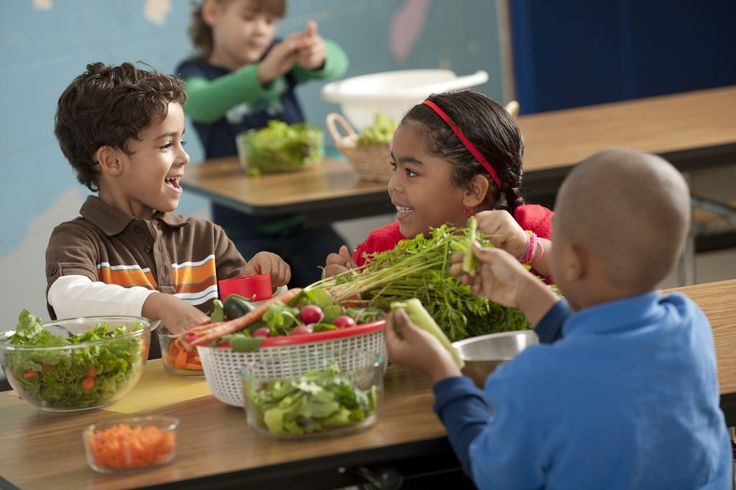 4-0.5 mcg daily.
4-0.5 mcg daily.
Make sure baby gets 30 minutes to 2 hours of sun exposure a week to maintain normal vitamin D levels. Black babies require more sun exposure. If exposure to the sun is limited (climate, winter), additional vitamin D should be given in the amount of 10 micrograms (400 IU) per day. Vitamin D deficiency leads to rickets (improper bone mineralization). Breast milk contains small amounts of vitamin D.
The iron content of breast milk is usually low, regardless of the mother's diet. However, it is easily absorbed by infants from breast milk. Breast milk contains enough iron for the first 4-6 (and even longer) months of a baby's life. There are recommendations to use iron supplements (1 mg/kg/day) from 4 months of age to ensure adequate iron intake. On the recommendation of a dentist or pediatrician, a breastfed child may be given supplemental fluoride after 6 months.
During the first year of life, breast milk cannot be replaced by soy, rice or other plant milks, or homemade formula.
Such foods do not maintain the correct ratio of proteins, fats and carbohydrates, and also do not contain many vitamins and minerals, to provide a significant part of the diet of the first year of a child's life.
Complementary foods (foods other than breastmilk and formula) may be introduced at different times for different children depending on the rate of growth and development of the child, but usually complementary foods are introduced in the middle of the first year. Some of the signs to indicate the start of the introduction of solid food into a child's diet are: the ability to sit independently without support, the disappearance of the tongue extrusion reflex, an increased interest in food when others are eating, and the ability to take food and put it in the mouth.
It is best to introduce each food into the diet on different days in order to subsequently identify the allergen. Many start complementary foods with iron-fortified rice porridge. This choice is justified, since rice porridge is a source of iron and is the least likely to cause an allergic reaction. The porridge should be quite liquid, you can cook it with expressed breast milk. Breastfeeding continues in the same volume. Feeding porridge is carried out daily, then two meals a day are allowed, in a third or half a cup. Oats, barley, corn and other grains should be ground in a blender before cooking. It is recommended to introduce these cereals one at a time to exclude the possibility of an allergy. However, they do not contain enough iron, so iron supplements are given extra.
The porridge should be quite liquid, you can cook it with expressed breast milk. Breastfeeding continues in the same volume. Feeding porridge is carried out daily, then two meals a day are allowed, in a third or half a cup. Oats, barley, corn and other grains should be ground in a blender before cooking. It is recommended to introduce these cereals one at a time to exclude the possibility of an allergy. However, they do not contain enough iron, so iron supplements are given extra.
When cereals are introduced for complementary foods, fruit juices and vegetables can be introduced. Fruits and vegetables are served well grated or mashed. Banana puree is a favorite of many children. Puree can be made from avocados, apples, pieces of canned peaches or pears. Citrus fruits and juices are allergens, and it is not recommended to introduce them into the child's diet until the age of one. Soft vegetables such as potatoes, carrots, peas, sweet potatoes and green beans are boiled and mashed.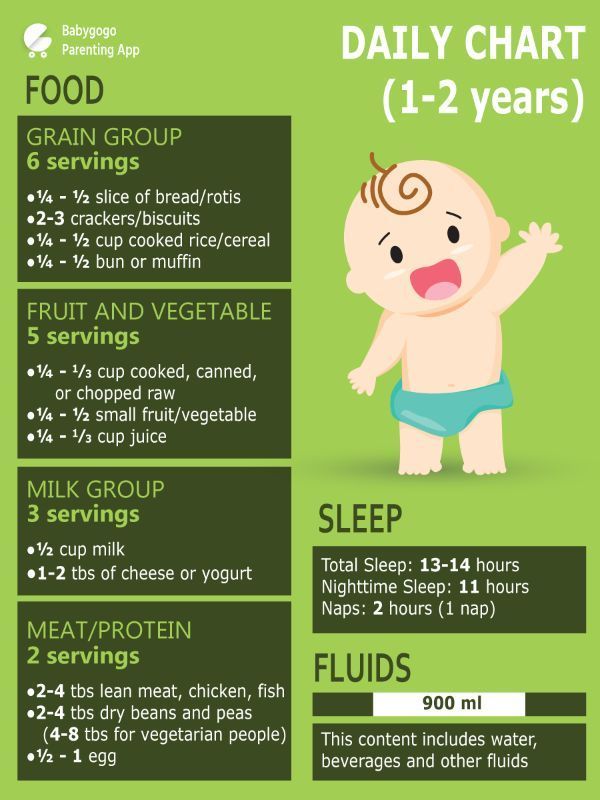 When cooking cereals, fruits and vegetables, there is no need to add spices, sugar or salt. Grain products such as pasta, rice, soft bread, dry cereals, and crackers are introduced once the child has mastered chewing skills. By the age of 7-8 months, protein-rich foods are introduced - chopped boiled beans, mashed tofu and soy yogurt. Babies move from mashed and pureed foods to soft pieces of food. Ground nuts and vegetable oil are used as a sauce or gravy. Before a year, it is not recommended to smear nut butter and seed butter on bread or crackers, and also to give from a spoon, in order to avoid suffocation.
When cooking cereals, fruits and vegetables, there is no need to add spices, sugar or salt. Grain products such as pasta, rice, soft bread, dry cereals, and crackers are introduced once the child has mastered chewing skills. By the age of 7-8 months, protein-rich foods are introduced - chopped boiled beans, mashed tofu and soy yogurt. Babies move from mashed and pureed foods to soft pieces of food. Ground nuts and vegetable oil are used as a sauce or gravy. Before a year, it is not recommended to smear nut butter and seed butter on bread or crackers, and also to give from a spoon, in order to avoid suffocation.
Many parents prefer to introduce complementary foods with industrial baby food. There are products on the market that are suitable for vegan babies. Read the package directions carefully, as commercial baby food choices are limited for vegan children, and parents often prefer to prepare their own baby food. Products should be washed well, boiled until cooked and chopped in a blender or wiped before use. Homemade food can be stored in the refrigerator for up to two days or frozen in small quantities until next time.
Homemade food can be stored in the refrigerator for up to two days or frozen in small quantities until next time.
By 10-12 months, babies typically eat the approximate amount of food shown in the table:
Vegan nutrition 6-12 months
|
Of course, breastfeeding up to a year and beyond has a positive effect, since breast milk is rich in nutrients. Supplementary foods for vegan children consist of soy milk, which contains calcium, vitamin B12 and vitamin C, and is low in fat. Skimmed soy milk is not recommended for use before two years of age. Milk based on rice, oats, hemp, almonds and other nuts, as well as coconut milk, is not recommended for children as a main drink, as they are low in protein and low in energy value.
A number of studies show that vegan children do not grow as fast as non-vegetarian children. Such studies are often cited as evidence that vegan diets are at odds with healthy eating. A closer look reveals that the studies are based on the ideas of veganism, i.e. the diet is very low in calories and has a very limited diet (for example, only fruits and nuts). However, many vegan children are breastfed. Breastfed babies under one year of age tend to gain weight more slowly than formula-fed babies. The growth charts of vegetarian children have been questionable until recently. Prior to 2006, infant growth charts were mainly based on growth gains in formula-fed infants. According to this schedule, it seems that breastfed babies grow more slowly. In 2006, the World Health Organization (WHO) published growth charts based on the growth of infants, according to which the height and weight of children under 2 years of age, children are estimated. Height and weight guidelines for children over 2 years of age are described in the growth charts of the Centers for Disease Control and Prevention.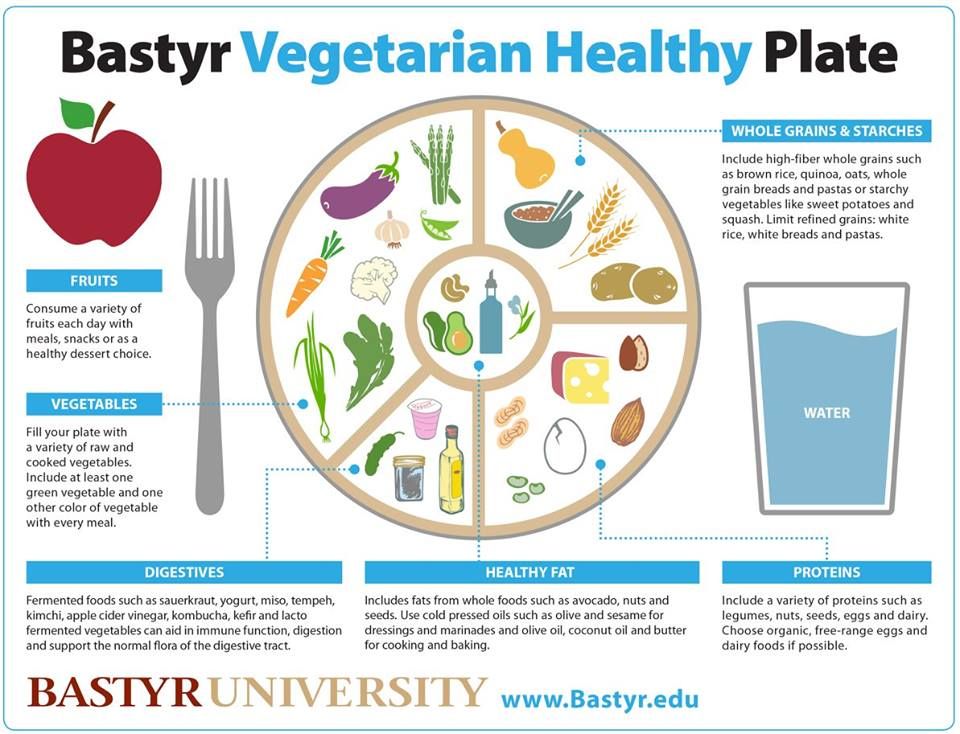
An impossible question to ask: “What is a normal growth rate?” Growth rate is assessed by comparing changes in the child's height and weight and head circumference, applicable to most healthy children. When measuring a child's height and weight, the data is compared with a graph to assess the growth dynamics of children according to age. There is no ideal height and weight for a child. Growth charts are percentage based. If your child's height is in the 50th percentile, this means that 50% of children of this age are slightly taller and 50% are shorter. Weight is measured in the same way, the 25th percentile means that 25% of children weigh less than this level and 75% weigh more at the same age.
Some studies show that vegan children rank lower in weight and height percentiles than other children of the same age, but recent studies show that vegan children do not grow differently from non-vegetarian children of the same age. A wide range of percentile growth is considered “normal”. A child who is within the 10th percentile of weight and 95th percentile of height is developing within the "healthy" range. If the child is below 2nd or above 98th percentile of weight and head circumference (or below the 2nd percentile of height), the doctor finds out the reasons and makes appropriate recommendations. In addition, large leaps in development are not characteristic of children, so with a jump from the 75th to the 25th percentile, malfunctions in the body can serve as the cause and additional research is needed. The assessment of the growth and weight rates of children aged 2 years and older is carried out according to other standards, and the body mass index (BMI) is calculated. If the BMI is above the 95th percentile, the child is overweight. If BMI is between 85 and 95th percentile - the child is at risk of being overweight. If the BMI is below the 5th percentile, then the child is considered underweight and further testing is needed.
A child who is within the 10th percentile of weight and 95th percentile of height is developing within the "healthy" range. If the child is below 2nd or above 98th percentile of weight and head circumference (or below the 2nd percentile of height), the doctor finds out the reasons and makes appropriate recommendations. In addition, large leaps in development are not characteristic of children, so with a jump from the 75th to the 25th percentile, malfunctions in the body can serve as the cause and additional research is needed. The assessment of the growth and weight rates of children aged 2 years and older is carried out according to other standards, and the body mass index (BMI) is calculated. If the BMI is above the 95th percentile, the child is overweight. If BMI is between 85 and 95th percentile - the child is at risk of being overweight. If the BMI is below the 5th percentile, then the child is considered underweight and further testing is needed.
Of course, the estimation of the height and weight of any child is influenced by factors such as heredity of the parents, the timing of delivery and health status.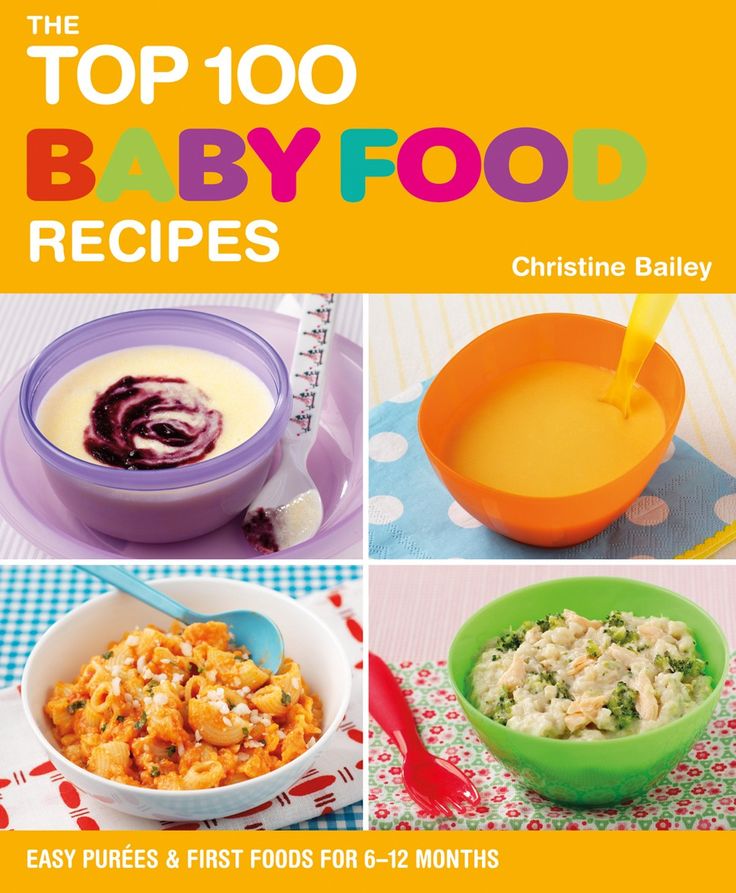
The best way to understand if children are on schedule is to calculate the calorie content of the food the child consumes. The most difficult thing to calculate the calorie content of vegan dishes due to their large volume. The size of the baby's stomach is small and may fill up before the baby has had enough food to support growth. A sensible intake of fats (found in avocados, nuts, nut butters, seeds, and vegetable oils) is a source of extra calories needed by vegan children. There is a high calorie content in dried fruits, a source of calcium, in addition, many children like dried fruits. After eating dried fruits, you need to brush your teeth so that caries does not form.
Are low-calorie foods suitable for children? Some parents, in their desire to reduce the risk of disease in their children, further significantly limit the intake of fats in the diet of children (from 10 to 15% of calories). Sometimes a very low fat diet can interfere with a child's growth due to a lack of calorie intake. There is no evidence that a very low-fat diet will lead to better health in a child. A vegan diet is higher in fat (25 to 35 percent of calories). Fat intake should not be restricted for children under 2 years of age. Fat should make up 30 to 40% of calories at 1-3 years of age, 25 to 35% of calories at 2-3 years of age, and 25 to 35% of calories for children over 3 years of age and teens. If the fat intake is below the indicated data, make sure that the child is of normal growth, the child consumes enough food and does not experience nutritional deficiencies.
There is no evidence that a very low-fat diet will lead to better health in a child. A vegan diet is higher in fat (25 to 35 percent of calories). Fat intake should not be restricted for children under 2 years of age. Fat should make up 30 to 40% of calories at 1-3 years of age, 25 to 35% of calories at 2-3 years of age, and 25 to 35% of calories for children over 3 years of age and teens. If the fat intake is below the indicated data, make sure that the child is of normal growth, the child consumes enough food and does not experience nutritional deficiencies.
Young children should not eat a high fiber diet, as fiber limits the amount of food eaten. The fiber content of a child's vegan diet is reduced by offering the child processed grains, fruit juices, and peeled vegetables.
Protein sources for vegan children include legumes, cereals, tofu, tempeh, soy milk, nuts, peanut butter, tahini, soy sausage, soy yogurt, and veggie burgers. Some of these products are suitable for daily use. Children should get enough calories as protein is involved in growth in addition to meeting energy needs.
Children should get enough calories as protein is involved in growth in addition to meeting energy needs.
The table shows a sample meal plan for vegan children:
| Children 1-3 years old | |
| Dishes | Serving size |
| Cereals | 6 or more servings (a serving is 1/2 to 1 slice of bread, 1/4 to 1/2 cup of cooked cereal or cereal, or 1/2 to 1 cup of ready-to-eat cereal) |
| Legumes, nuts, seeds | 2 or more servings (serving is 1/4 to 1/2 cup cooked beans, tofu, or tempeh; or 30g meat substitute; or 1-2 tbsp nuts, seeds, nut oil, or vegetable oil. Minimum included 1 serving of nuts, seeds, or saturated soy product.3 (one serving equals 1 glass of fortified soy milk, infant formula, or breast milk) |
| Soy milk | 3 (one serving equals 1 cup of fortified soy milk, infant formula, or breast milk) |
| Vegetables | 2 or more (1/4 to 1/2 cup cooked or 1/2 to 1 cup raw vegetables |
| Fruit | 3 or more (1/4 to 1/2 cup canned fruit or 1/2 cup juice or 1 medium fruit) |
| Fats | 3-4 servings (1 tsp. |
| Children 4-13 years old | |
| See note | |
| Dishes | Serving size |
| Cereals | 8 or more for children 4-8 years of age; 10 and over for children 9-13 years old |
| Proteins | 5 or more for children 4-8 years of age; 6 and more for children 9-13 years old |
| Vegetables | 4 or more |
| Fruit | 2 or more |
| Fats | 2 or more for children 4-8 years old; 3 and more for children 9-13 years old |
| Omega-3 fatty acids | once a day |
| Other foodstuffs | 6 or more for children 4-8 years old; 10 and over for children 9-13 years old |
Notes: Serving sizes vary by child's age.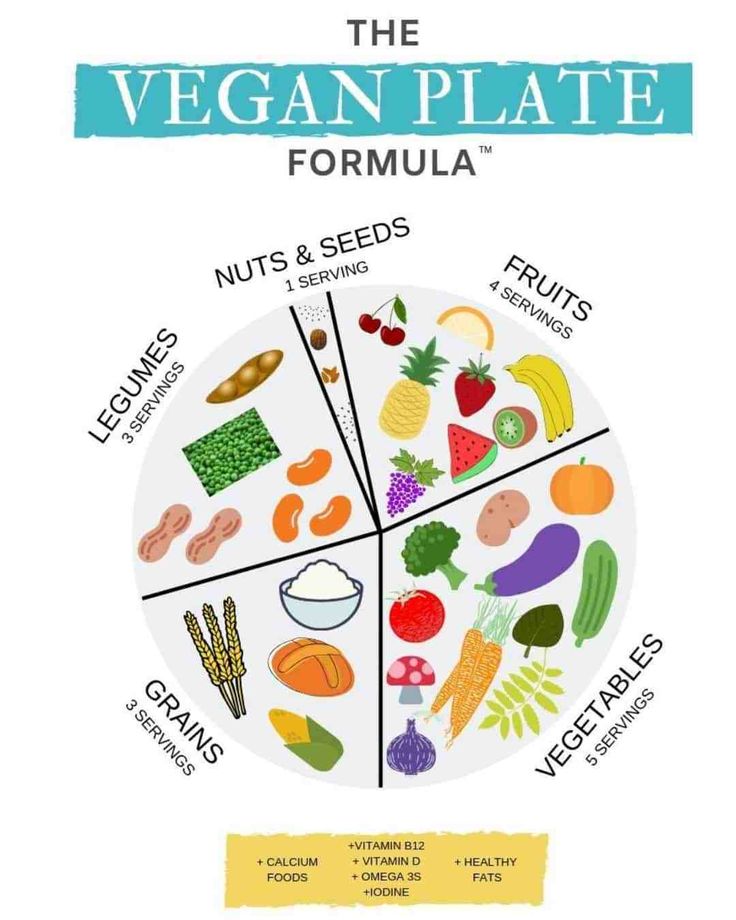
Caloric intake can be increased by eating more nut butters, dried fruits, soy products, and other high-calorie foods.
Nutritional yeast is a source of vitamin B12. Vitamin B12 is found in soy milk, cereals and meat analogues are enriched with it, and vitamin B12 is also taken as an additional vitamin supplement.
Sun exposure (20 to 30 minutes of sun exposure two to three times a week) is recommended to stimulate vitamin D synthesis. If sun exposure is limited, vitamin D is supplemented.
Today, more and more children are vegan from birth, many children become vegan at an older age. There are several ways to switch from a non-vegan to a vegan diet. Some families are gradually cutting out dairy and eggs, while others are making a more drastic transition. Regardless of which approach is chosen, be sure to explain to the child what is happening and why in a way that the child understands. First of all, products familiar to the child are offered. For example, peanut butter sandwiches (unless the child is allergic to peanuts), pasta, or tacos. New products are gradually introduced. Care should be taken with the child's weight gain. If there is a stop or loss in weight, it is recommended to add more high-calorie foods to the diet and reduce the child's fiber intake.
New products are gradually introduced. Care should be taken with the child's weight gain. If there is a stop or loss in weight, it is recommended to add more high-calorie foods to the diet and reduce the child's fiber intake.
Vegan adolescents
Vegan adolescents have the same nutritional needs as other adolescents. The period between 13 and 19 years is a time of especially rapid growth and changes in the body. During these years, the need for nutrients is high. Teenage vegans should follow the same guidelines as adult vegans by eating a variety of foods, including fruits, vegetables, leafy greens, whole grains, nuts, seeds, and legumes. Products should be rich in nutrients and vitamins.
The recommended amount of protein is 0.43 grams per kg of body weight for children 11-13 years of age and 0.4 grams per kg of body weight for children 14-18 years of age. For those who have increased physical activity (for example, marathon runners), you may need more protein products.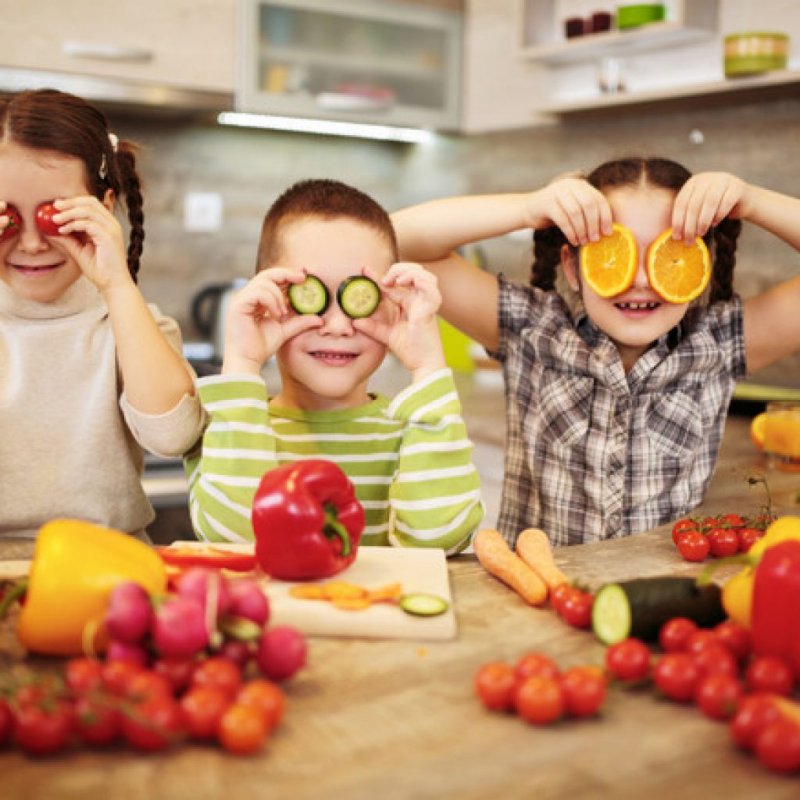 A 16-year-old child weighing 60 kg needs 48 grams of protein, which is 1 serving of cooked dried beans (about 15 grams of protein), a cup of soy milk (7 grams of protein), 110 grams of tofu (10-11 grams of protein), a tablespoon of peanut butter or peanuts (4 grams of protein), 1 slice of bread, or 1 serving of fiber (about 3 grams of protein).
A 16-year-old child weighing 60 kg needs 48 grams of protein, which is 1 serving of cooked dried beans (about 15 grams of protein), a cup of soy milk (7 grams of protein), 110 grams of tofu (10-11 grams of protein), a tablespoon of peanut butter or peanuts (4 grams of protein), 1 slice of bread, or 1 serving of fiber (about 3 grams of protein).
A diet that includes fruits, fats and alcohol is not rich in protein and therefore cannot be based on these foods alone. Vegans eat a varied diet: vegetables, legumes, cereals, nuts, seeds, so they do not lack protein, which is necessary for growth and is a source of energy value. There is no need to take protein supplements. Also, if the diet is based on a high-protein diet, it does not bring health benefits, since muscle mass is not built up.
During adolescence, calcium is required for bone growth, so it is important to include calcium-rich foods in your daily diet.
Cow's milk and dairy products contain calcium, but other sources of calcium are available, such as tofu processed with calcium sulfate, green leafy vegetables, including leafy greens, mustard greens, and cabbage, as well as tahini (sesame oil), soy milk, and fortified orange juice.
By eating a varied diet, vegans meet their iron needs while avoiding the excess fat and cholesterol found in red meat (beef or pork). To ensure the absorption of iron from food, you need to eat foods rich in vitamin C - citrus fruits and juices, tomatoes, broccoli. Foods high in iron include broccoli, watermelon, spinach, green beans, molasses, peas, and pinto beans.
In adolescence, it is important to consume enough vitamin B12, it is not found in plant foods, but it is in some cereals.
Many adolescents are concerned about excessive weight loss or gain. To lose weight, pay attention to your diet. If your teen eats a lot of sugary or fatty foods, replace them with fruits, vegetables, whole grains, and legumes. If the diet is correct, but there is increased physical activity - daily walking, running or swimming, it is necessary to additionally control weight. To gain weight, you need more calories. You may need to eat more often or eat high-fat foods. Try to eat three or more meals a day, even if you're trying to lose or gain weight. It is difficult to get all the nutrients if you only eat once a day. If your eating behavior is out of control or if you are losing weight too quickly, you should see your doctor.
It is difficult to get all the nutrients if you only eat once a day. If your eating behavior is out of control or if you are losing weight too quickly, you should see your doctor.
There is often not enough time to eat. Below are some of the foods kids can eat as a quick snack. Some of these products can be found in fast food restaurants.
Snack ideas to take home with you: apples, oranges, bananas, grapes, peaches, plums, dried fruit, bagels and peanut butter, carrot or celery sticks, popcorn, pretzels, soy cheese, pizza , bean tacos or burritos, salad, soy yogurt, soy milk, rice cakes, sandwiches, frozen fruit juice.
Translated by Alena Zakharova, babysitter at the Mama City Family Training and Support Center
Abridged.
This information is provided for guidance and is not intended as a recommendation. The opinion of the editors of the site may differ from the opinion of the authors of this article.
Original:
http://www.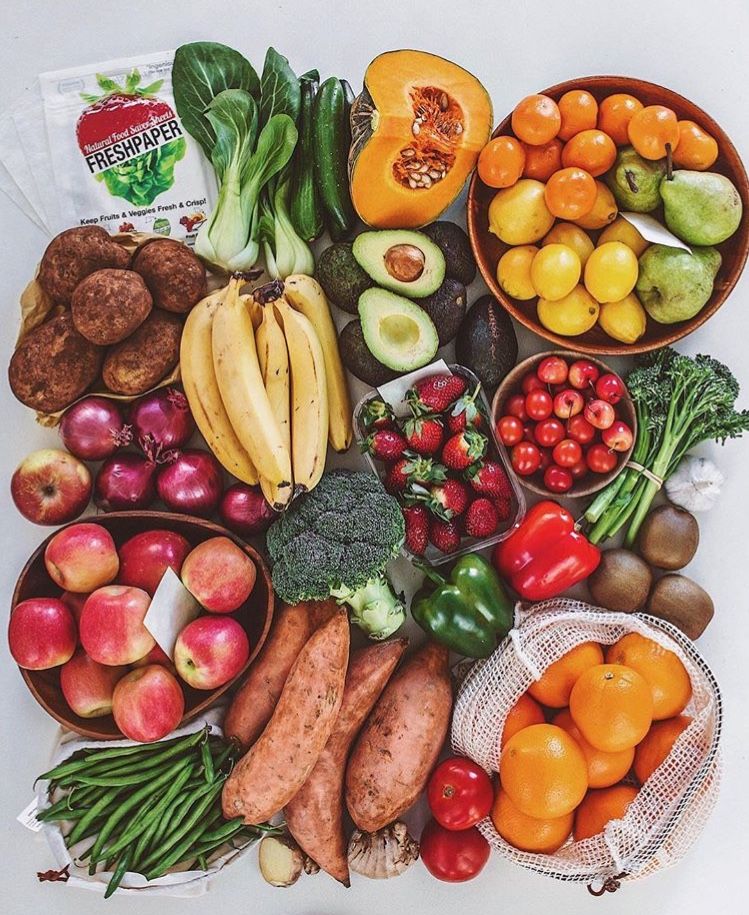 vrg.org/nutshell/kids.php
vrg.org/nutshell/kids.php
Plant Based Complementary Foods A to Z
-
Vegetarian Discounts
-
Our newspaper
-
Events and events
-
Ethical business
Repost
How many people, so many opinions. This applies to almost everything in the world. Especially the upbringing and nutrition of children. Some argue that plant-based nutrition is not suitable for children, while others provide strong evidence to the contrary. In different countries, it is advised to start with different products - from vegetables and fruits to rice cereals with parmesan and olive oil. Taking traditional nutrition as a basis, legumes are not advised to be introduced too early, but how to replenish the body with useful substances? Should a vegetable or fruit come first in the diet? Can a baby drink freshly squeezed juice? So what is the right plant-based diet? We understand in this article.
Importance of complementary foods
Statistics show that in Rus', before the abolition of serfdom, less than half of the children lived up to a year. Mothers withdrew breast milk early due to work or another pregnancy and tried to feed the baby with mashed potatoes, bread and water, or something else satisfying. At that time, they could not think about the benefits of products, nor about the importance of preserving breast milk, nor, moreover, about the relationship between nutrition and disease. It was feeding a baby from a common table (in principle, this is pedagogical complementary foods, only not balanced and not gradual). The goal is to survive.
The second half of the 20th century made its own adjustments. From the age of 3 months, children were sent to a nursery (as they are now in many European countries), fed with artificial mixtures (as they do now), which, of course, contributed to survival (hence the whole modern ode to mixtures).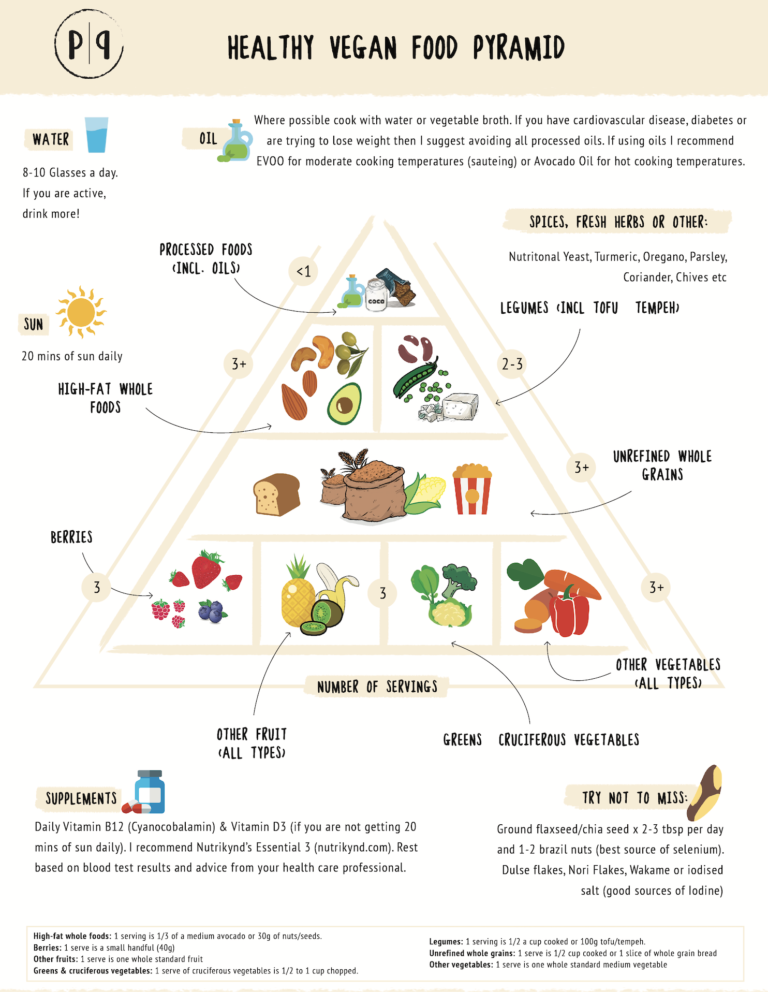 Then, all products were given to the child in the form of puree, thus replacing the mixture with adult food. This was and is pediatric complementary foods. The goal is to feed.
Then, all products were given to the child in the form of puree, thus replacing the mixture with adult food. This was and is pediatric complementary foods. The goal is to feed.
After psychology was allowed (until the end of the 20th century it was considered a pseudoscience), the public began to learn about the existence of a child's psychological readiness for certain actions at a particular period of life. This is where we started to think about the essence of complementary foods. If the baby is on breast milk, then the expansion of his diet should occur gradually. That is, the main thing is not to feed, but to introduce the baby to new products. Feel the difference? From some norms and rules, they moved on to the needs of a particular child, began to notice his desires, thereby turning the process of complementary feeding into cognition and learning. Here it is - the birth of pedagogical complementary foods. All food up to a year is not food at all. This is a “toy” (which parents should teach how to handle, show respect for food), which the baby examines, smells, touches, tastes.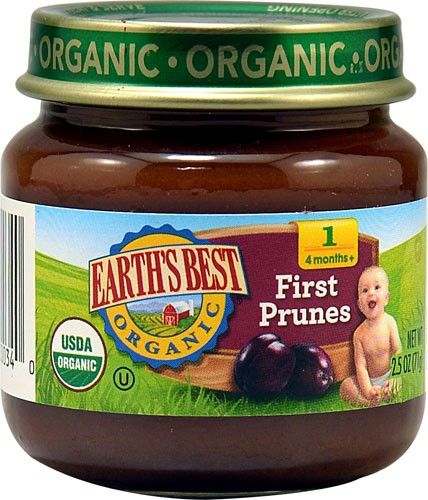 The goal is to get acquainted with food and the process of nutrition itself (as with everything new, parents introduce the child to food).
The goal is to get acquainted with food and the process of nutrition itself (as with everything new, parents introduce the child to food).
Pedagogical complementary foods with a vegetarian-vegan diet carry another important message - the worldview of the family, the philosophy of nutrition. “Everything is clear with worldview,” skeptics will say. - They impose their view of the world on children and do not allow them to choose on their own whether to eat meat or not. But what is the philosophy of nutrition? In fact, everything is simple. Food is our energy, and a balanced whole plant food gives a person all the necessary amount of living energy, and, accordingly, health, mood, victories. The purpose of plant-based nutrition is to instill healthy eating habits so that in the future the child will be able to independently choose healthy foods for himself.
“Complementary feeding in our family is an acquaintance with natural, undistorted preparations and spices. At first, these are only raw pieces of vegetables and fruits, then cereals on the water with berries and fruits.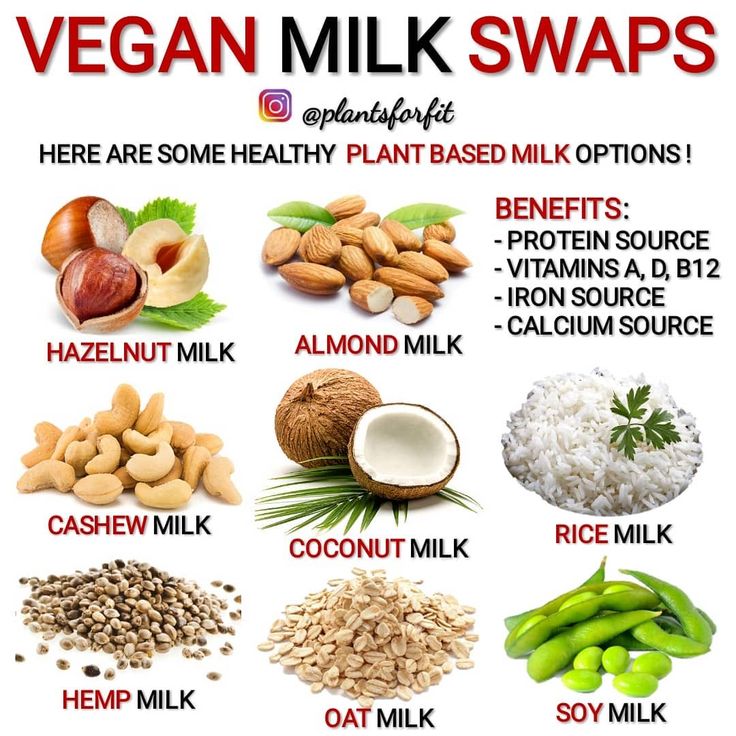 We try to do everything ourselves: vegetable milk, coconut oil. Perhaps someone is satisfied with veg food from a can, but I am for the most natural, ”says Elena Belskaya, mother of two vegetarian boys, an environmental engineer by education, Podolsk.
We try to do everything ourselves: vegetable milk, coconut oil. Perhaps someone is satisfied with veg food from a can, but I am for the most natural, ”says Elena Belskaya, mother of two vegetarian boys, an environmental engineer by education, Podolsk.
7 rules for parents
#1 Don't overthink and rush to complementary foods. Your baby will tell you when he is ready. Perhaps his interest will wake up earlier, perhaps later, but he will appear, do not hesitate. Just give your child a chance to be the initiator.
#2 Become the best version of yourself. If you've been snacking on the go, breakfast on the couch with your phone, lunch on Facebook, and dinner in front of the TV, forget about these terrible habits. And yes, thank the child for his appearance, because without him you would still be languishing in front of gadgets. Start enjoying the taste of the food you eat. Your child must understand that during meals they do not have fun, do not get distracted, do not play. Show proper respect for food. One condition: all family members must do this.
Show proper respect for food. One condition: all family members must do this.
#3 Mom/Dad is human too, so we all eat together instead of fussing around with a plate and spoon trying to feed a restless child. Before the eyes of the child should be adults who eat with appetite from their plate, then he will follow your example. Is always. In everything so. If parents do not like some foods, then children are most often picky about food and do not want to try new things. Everyone has their own preferences, but a mom who sings praises of broccoli or oatmeal, but she can’t stand them herself, looks unconvincing. By the way, like dad, who talks about healthy eating with a pack of chips in his hands.
#4 A child is an independent person. If you are not trying to feed a recumbent baby, then let the child eat as he can because of his age - with his hands, with a spoon. The main condition is yourself. Just give him food and watch. At this point, he learns independence. Thanks to pedagogical feeding, fine motor skills, touch, and smell develop.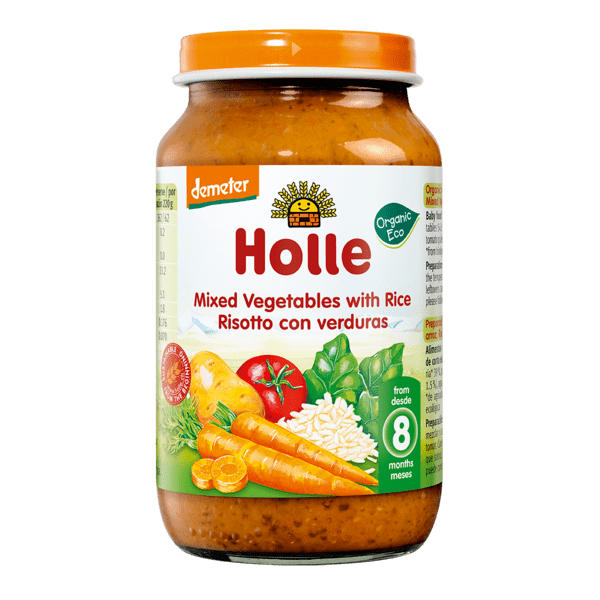 You help if you need to, but please don't get in the way. The task of the child is to learn to feed himself, as adults feed themselves. Let him get his experience. You are responsible for the quality and safety of food.
You help if you need to, but please don't get in the way. The task of the child is to learn to feed himself, as adults feed themselves. Let him get his experience. You are responsible for the quality and safety of food.
#5 If you don’t want to, don’t eat. If the child refuses to try, or an older child does not want to eat at all, then you should not force it. Suggest later. Food is not a consolation, not a manipulation, not a punishment. And remember, “for mom, for dad, for a gray wolf, a restless bun, a Himalayan yeti” ... NO ... EXCLUDE. Only for myself and for myself.
#6 Schedule is good, but if the child wants to eat, then it is worth hearing and feeding. We're not robots. Snack - fruits, vegetables, nuts. Try to refuse rolls and bread on white flour and yeast, from factory sweets. It is better to eat nothing than unhealthy foods.
#7 Track micronutrients, not weight, height, and calories. Just remember that variety is important, then you can competently plan a balanced diet.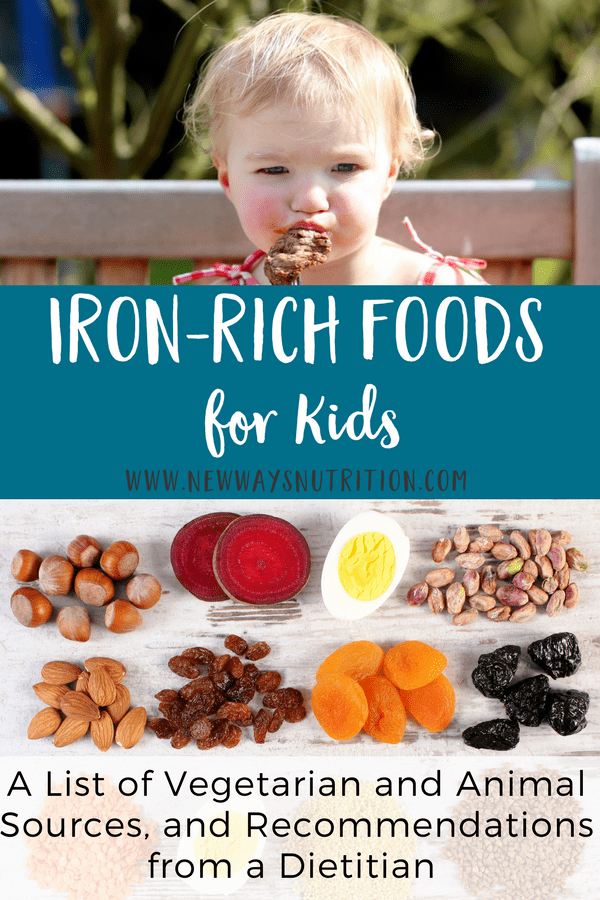 It is important that the diet consists of all food groups: fruits, vegetables, legumes, seeds, nuts, grains, algae, and if necessary, vitamin supplements (B12, D).
It is important that the diet consists of all food groups: fruits, vegetables, legumes, seeds, nuts, grains, algae, and if necessary, vitamin supplements (B12, D).
Changing your habits is difficult, so your goal is to form the right attitude towards food from childhood, then as he grows, he will have less problems. Food will not be the only source of pleasure or comfort. The desire to try new flavors will make your life together easier, because parents will not be in the eternal search for the source of their favorite combinations. Do not worry about its unformed taste for salty, peppery and sweet. Let children experience the taste of natural food. Try to cook at home, better together, instill the importance of quality cooking. Choose simple combinations, let your credo be: "Less, but better and more useful." If you approach nutrition consciously, then you will bypass the problem that your child loves only bread and pasta.
Vega diet - where is the truth and where is the myth
6 months to 1 year
So what comes first - a vegetable, fruit or porridge? Different opinions of experts and various experiences of mothers allow us to conclude that the main thing is to stick to the golden mean.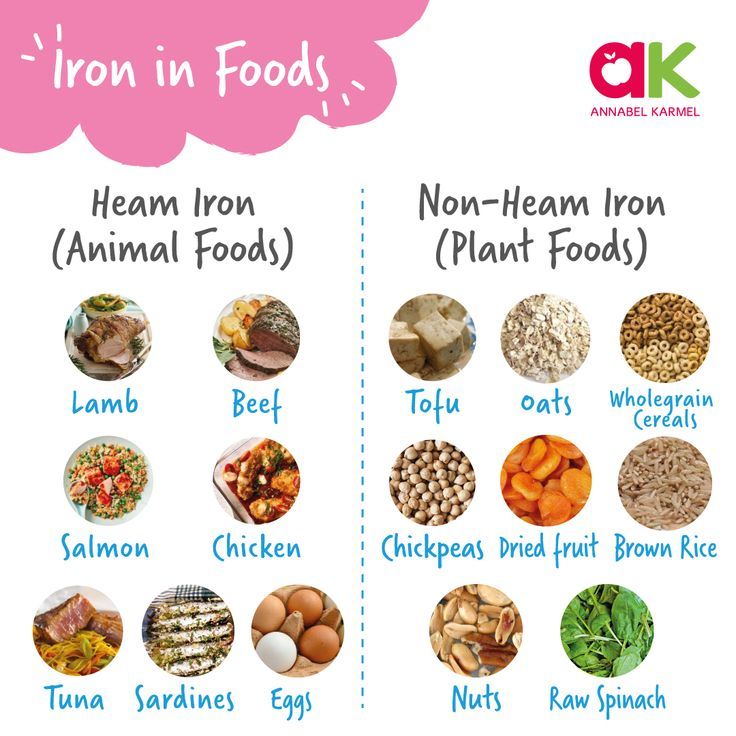 You can give your child a vegetable because you think it's better to instill a taste for neutral foods at first than for sweet fruits. Or you can first pamper the baby, letting you taste a piece of juicy mango, melon or watermelon. This is pedagogical food. Your task is to show the whole palette of plant flavors. It will be healthy to adhere to the rule of seasonality of fruits and vegetables. Of course, fruits or vegetables grown in your own garden will be much healthier than from a supermarket. If this is not possible, buy from gardeners or an organic store. Of course, this will cost more, but try to apply this to at least the "dirty dozen" (12 fruits and vegetables that absorb the most pesticides. The list is updated annually, it is published by the non-profit organization Environmental Working Group). This year it is (in descending order):
You can give your child a vegetable because you think it's better to instill a taste for neutral foods at first than for sweet fruits. Or you can first pamper the baby, letting you taste a piece of juicy mango, melon or watermelon. This is pedagogical food. Your task is to show the whole palette of plant flavors. It will be healthy to adhere to the rule of seasonality of fruits and vegetables. Of course, fruits or vegetables grown in your own garden will be much healthier than from a supermarket. If this is not possible, buy from gardeners or an organic store. Of course, this will cost more, but try to apply this to at least the "dirty dozen" (12 fruits and vegetables that absorb the most pesticides. The list is updated annually, it is published by the non-profit organization Environmental Working Group). This year it is (in descending order):
1. strawberry
2. spinach
3. nectarine
4. apple
5. grapes
6. peach
7.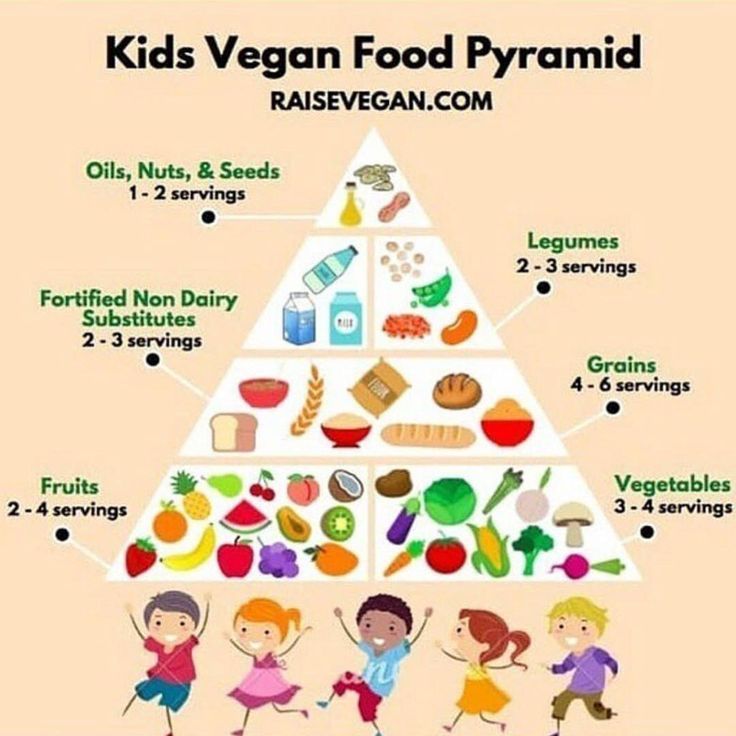 cherry
cherry
8. pear
9. tomato
10. Celery
11. potatoes
12. bell pepper
After getting acquainted with light fruit and vegetable food, offer your baby porridge. Semolina, on which more than one generation has grown, is the most unhealthy porridge. These are just processed grains of wheat, almost one starch without fiber and with a meager share of useful substances. One gluten, this is the evil of this seemingly harmless porridge. Better start with oatmeal, flaxseed, rice (only not white, but brown), millet or corn. Since we are always talking about pedagogical complementary foods, everything here correlates with the healthy preferences of the family.
Years and older
Legumes: to give or not to give ...
Definitely give. Legumes are an excellent and tasty source of protein. As a first food, beans, chickpeas, peas or lentils are not suitable. But when the baby will show more and more interest in food, there will already be familiar tastes in his diet, then scanty doses of legumes will not lead to undesirable consequences, such as gas formation.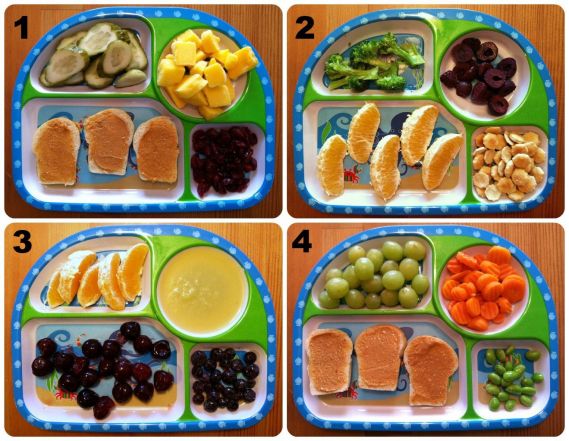 It should be remembered that all legumes (except lentils, black beans, split peas) require soaking, and to reduce the accumulation of gases in the stomach and intestines, change the water several times during the soaking process and cook in clean water.
It should be remembered that all legumes (except lentils, black beans, split peas) require soaking, and to reduce the accumulation of gases in the stomach and intestines, change the water several times during the soaking process and cook in clean water.
Nuts only after 2 years?
After 1-1.5 years, children can try to give chopped walnuts or pine nuts. Nuts are rich in vitamins and minerals, they are a source of protein and fiber. Why not enrich fruit puree or baby porridge with a small amount of nuts. Be sure to follow the reaction of the body. If everything is in order, then leave this product in the diet. At first, you can give such a powder every other day. But ground flaxseed can serve as an excellent food supplement, replenishing such useful substances as magnesium, potassium, phosphorus, already for babies up to a year old. By the way, flaxseed decoction will also cope with constipation, which often worries mothers of babies on a traditional diet.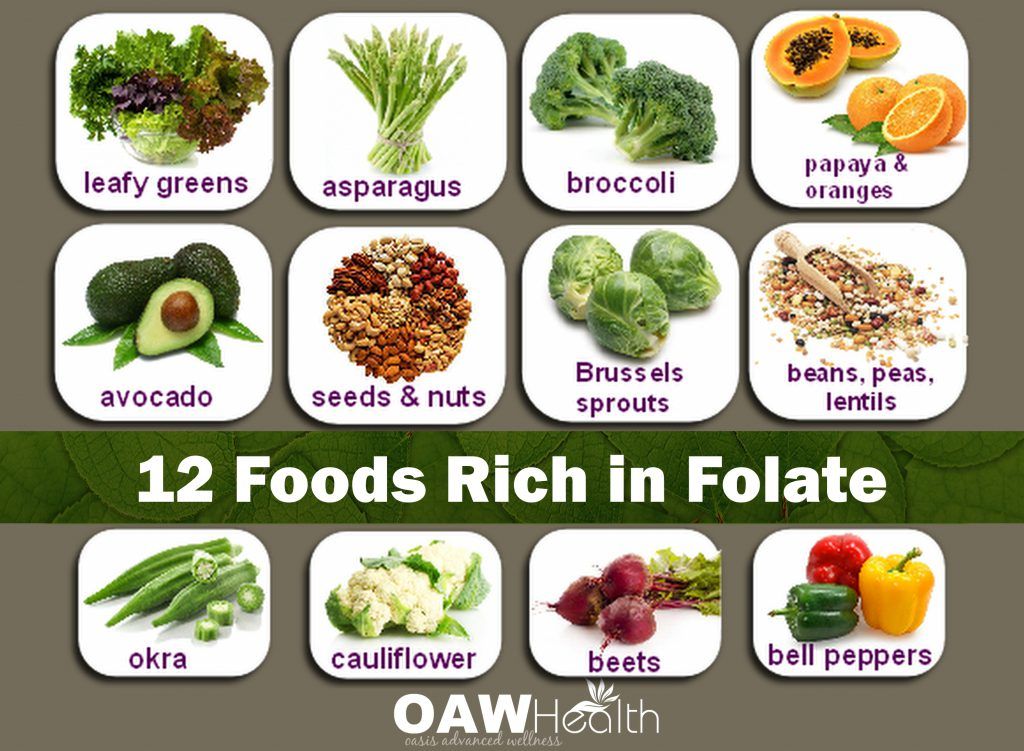 Good dried fruits in the form of dates, raisins, dried apricots and prunes can fully satisfy the need for sweets up to 3 years. To acquaint the child with them should begin after 1-1.5 years.
Good dried fruits in the form of dates, raisins, dried apricots and prunes can fully satisfy the need for sweets up to 3 years. To acquaint the child with them should begin after 1-1.5 years.
Freshly squeezed juice - good or bad
Guided by the rule, if a little, then you can charge your baby with useful vitamins. Juices are best introduced closer to the year. After six months, water appeared in the baby's diet, and by the year a teaspoon of fresh juice diluted with water in a ratio of 1: 1 may appear. Better monosoak, consisting of one type of fruit or vegetable. For the first sample, carrot juice may be suitable. After observation, the dose can be increased, and then a fruit and a vegetable, or two fruits, can be mixed. Do not give juices on an empty stomach, do not quench your thirst with them. Make it a rule that we also eat liquid food in the form of healthy juices and smoothies, not drink. After all, a drink with such a set of vitamins becomes a complete meal.

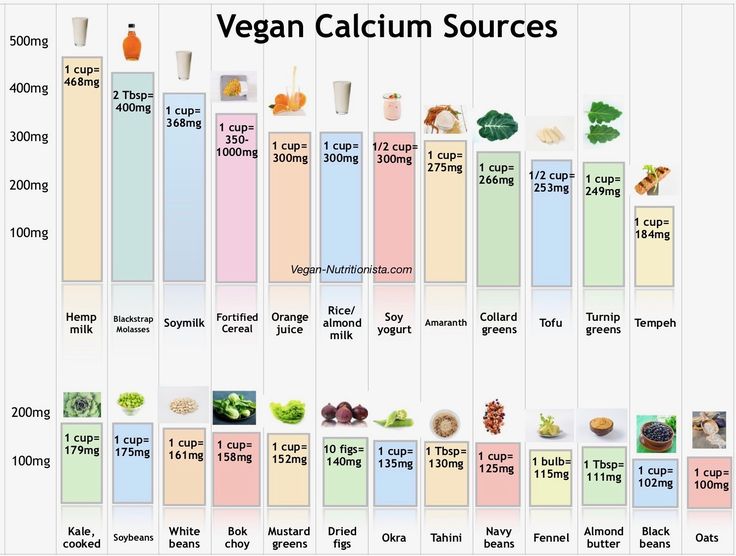 C. Injection of vegetable and fruit puree starts
C. Injection of vegetable and fruit puree starts  margarine or butter), 1/2 tsp. linseed oil, 2 tsp canola oil daily to avoid deficiencies in omega-3 fatty acids
margarine or butter), 1/2 tsp. linseed oil, 2 tsp canola oil daily to avoid deficiencies in omega-3 fatty acids 


